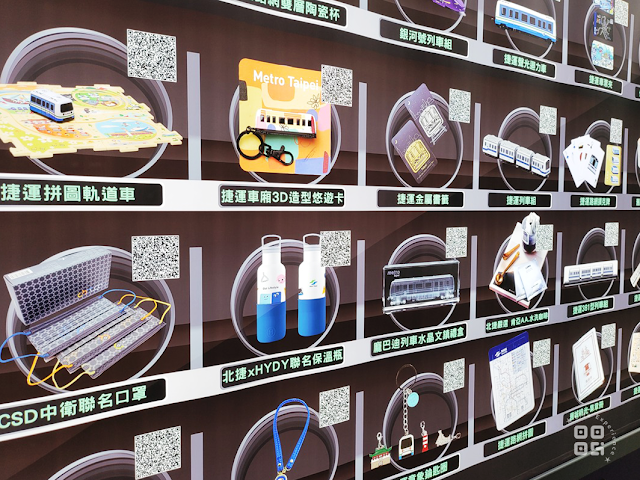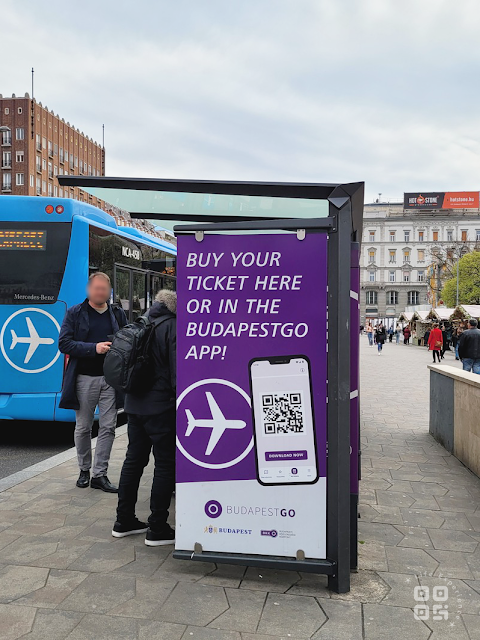How to Use QR Codes to Make Transportation More Convenient?
2025 Osaka Expo Simplified: One App for All the Latest Info, Maps, and Transport!
In modern society, with the continuous advancement of technology, our daily lives have become increasingly convenient. Particularly in public transportation, the application of QR codes is undoubtedly one of the most innovative technologies. Traditional paper tickets not only slow down the operation of public transportation, causing long queues, but also incur printing costs and contribute to environmental waste due to the disposal of millions of tickets. This makes QR codes the best solution for transforming the public transportation scene. In this article, we will explore the various conveniences brought by integrating QR codes into transportation and how these conveniences can change our way of travel, making it smoother, faster, and more environmentally friendly for everyone.
Benefits of Integrating QR Codes into Transportation
- Scanning QR Codes to Store Transportation Route Maps
- Scanning QR Codes to Purchase Tickets Online
Passengers no longer need to queue for tickets. By scanning the QR code provided by the transportation company with their phones, they can quickly connect to the ticketing website or app and purchase tickets online. This not only saves time but also improves overall travel efficiency.
- Scanning QR Codes to Quickly Verify Tickets
Before boarding, passengers only need to scan the QR code on the bus to quickly verify their tickets. This verification method significantly shortens boarding times and improves overall transportation efficiency.
- Scanning QR Codes to Access Real-Time Transportation Updates
By scanning QR codes inside stations, passengers can access real-time transportation information, including schedules and route changes. This transparency helps passengers better plan their trips, avoiding inconveniences caused by sudden changes.
- Scanning QR Codes to Check Carriage Congestion Levels
Some public transportation systems have started providing real-time data on carriage congestion levels. Passengers can scan specific QR codes to understand the congestion level of the carriages they are about to board, allowing them to choose a more comfortable time or carriage for their journey.
Carriage congestion levels are generally divided into four grades:
"Green" indicates comfort, with no movement obstacles inside the carriage.
"Yellow" indicates normal conditions, with easy movement inside the carriage.
"Orange" indicates slight overcrowding, requiring careful movement inside the carriage.
"Red" indicates severe overcrowding, making movement inside the carriage difficult.
Red and orange levels usually appear during peak commuting hours, while off-peak hours mostly see green and yellow levels.
Benefits for Passengers
- Convenience and Speed:
- More Efficient Planning:
- Improve security:
Enhancing Convenience Services at Stations with QR Codes
- Shared Umbrellas:
🔍Extend to read other articles

- Renting Shared Offices


- Shopping in Virtual Stores:

.png)

- Smart Lockers:
🔍Extend to read other articles
.png)
- Renting Mobile Power Banks:
🔍Extend to read other articles















.png)


Comments
Post a Comment